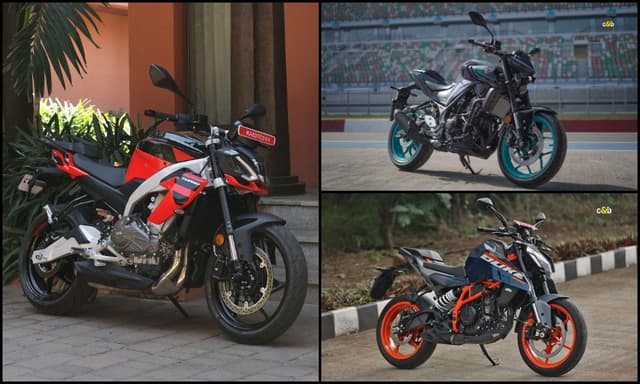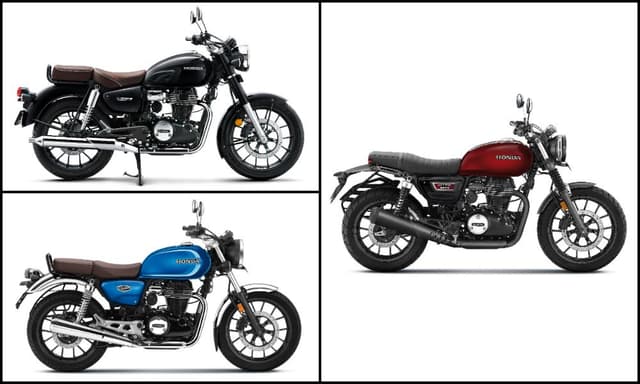Optimizing Built-in Tyre Pressure Monitoring Sensors

Highlights
The unsung hero of car performance is tyre pressure. Tires are the exact shape that the manufacturers intended when filled to the correct pressure. Tires require more energy to move when air pressure drops. In the day-to-day bustle of getting from one place to another, drivers might easily forget to check their tyre pressure. Punctures can happen and go unnoticed for a long time. Having an inbuilt sensor that notifies the driver when it's time to inject more air is very important. Simulation provides the means for discovering just the right design for these sensors, which necessitates careful consideration of minor details.

Tire pressure sensors steer the driving experience.
A significant drop in fuel economy is one of the consequences of low tyre pressure. Furthermore, automobiles with common tyres emit substantial greenhouse gases into the atmosphere. Low tyre pressure can also make it difficult to stop the vehicle or cause it to slide on wet surfaces. Automobile manufacturers must install pressure monitoring sensors on wheels that alert drivers if a tire's pressure exceeds the recommended level. Schrader Electronics is the global market leader in tyre pressure monitoring technology.
Schrader Electronics produces 45 million sensors each year and supplies them to major automakers such as GM, Ford, and Mercedes-Benz. Reliability and durability are essential for a sensor to withstand road conditions for the duration of a vehicle's life. When designing for the required functionality, shape, and materials, shock, vibration, pressure, humidity, temperature, and various dynamic forces are considered.

Using FEA to create better sensors
Christabel Evans, a mechanical design engineer with Schrader Electronics, has been employing Finite Element Analysis (FEA) and multiphysics simulation to create successful, efficient tyre sensors for various automobiles.
The Hi-Speed Snap-In Tire Pressure Monitoring Sensor (TPMS), illustrated in the above figure, is a popular Schrader product installed directly on the wheel assembly and checks tyre pressure while the vehicle is moving. When the tyre pressure drops too low, a warning sound notifies the driver that it's time to pull over and re-inflate it.
The engineers at Schrader Electronics used FEA to simulate their designs and iterated the process, reducing experimental costs while also evaluating design performance. If Schrader Electronics intended to apply FEA software to their entire workforce, they discovered that the existing solutions were prohibitively expensive. They used the COMSOL Multiphysics Structural Mechanics Module and the CAD Import Module. To evaluate the software and establish confidence in the results, they proceeded with tests that compared standardised samples with simulations.

Better simulation tools improve sensitivity and durability
The researchers gradually added more natural characteristics to their simulations, ranging from dynamic loads like a centrifugal force to environmental temperature fluctuations and static factors like pressure and crush load. A transmitter consisting of a circuit enclosed in an enclosure and attached to a valve stem with a cap makes up the Hi-Speed Snap-In TPMS. The valve stem attaches to the tire's rim and allows air to flow through. The valve shape on the Hi-Speed TPMS incorporates a rib that aids in the assembly's retention in the rim hole.
Evans and her team selected the best model and improved their design by examining numerous models simultaneously. They experimented with various shapes, materials, and load conditions.
Researchers at Schrader were able to pick up COMSOL Multiphysics software considerably faster than similar simulation products and deploy easier tasks thanks to various license choices. "COMSOL is user-friendly and quick to learn—the engineers picked it up right away," Evans says.
Schrader intends to focus on design and growth for the time being, with some attention on failure analysis, but they expect to strengthen their development-focused approach using simulation tools. Each new design strives to increase driver comfort, environmental effect, and road safety.
Last Updated on April 30, 2022
Related Articles
Latest News
- Home
- News
- Auto Industry
- Optimizing Built-in Tyre Pressure Monitoring Sensors














